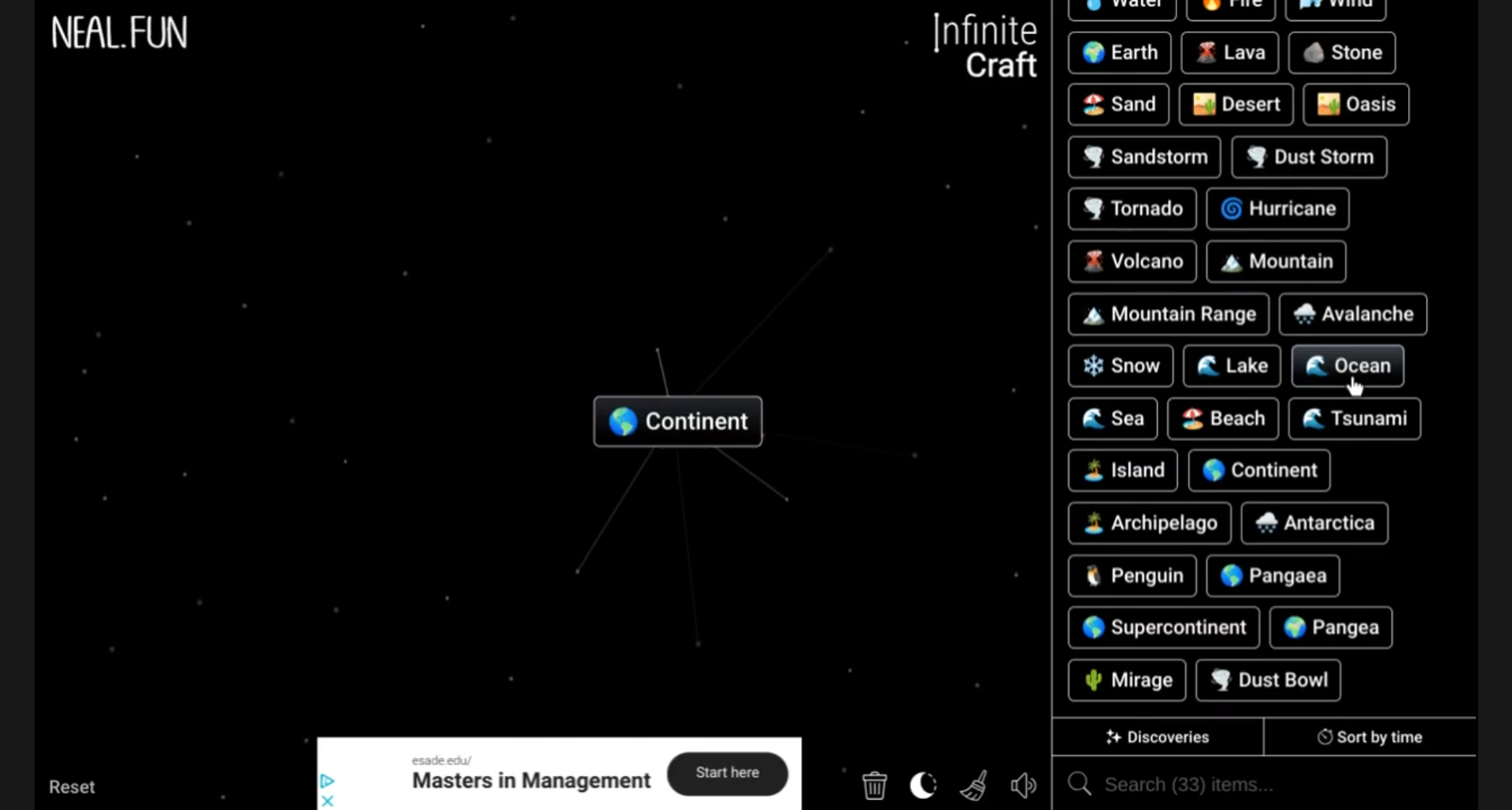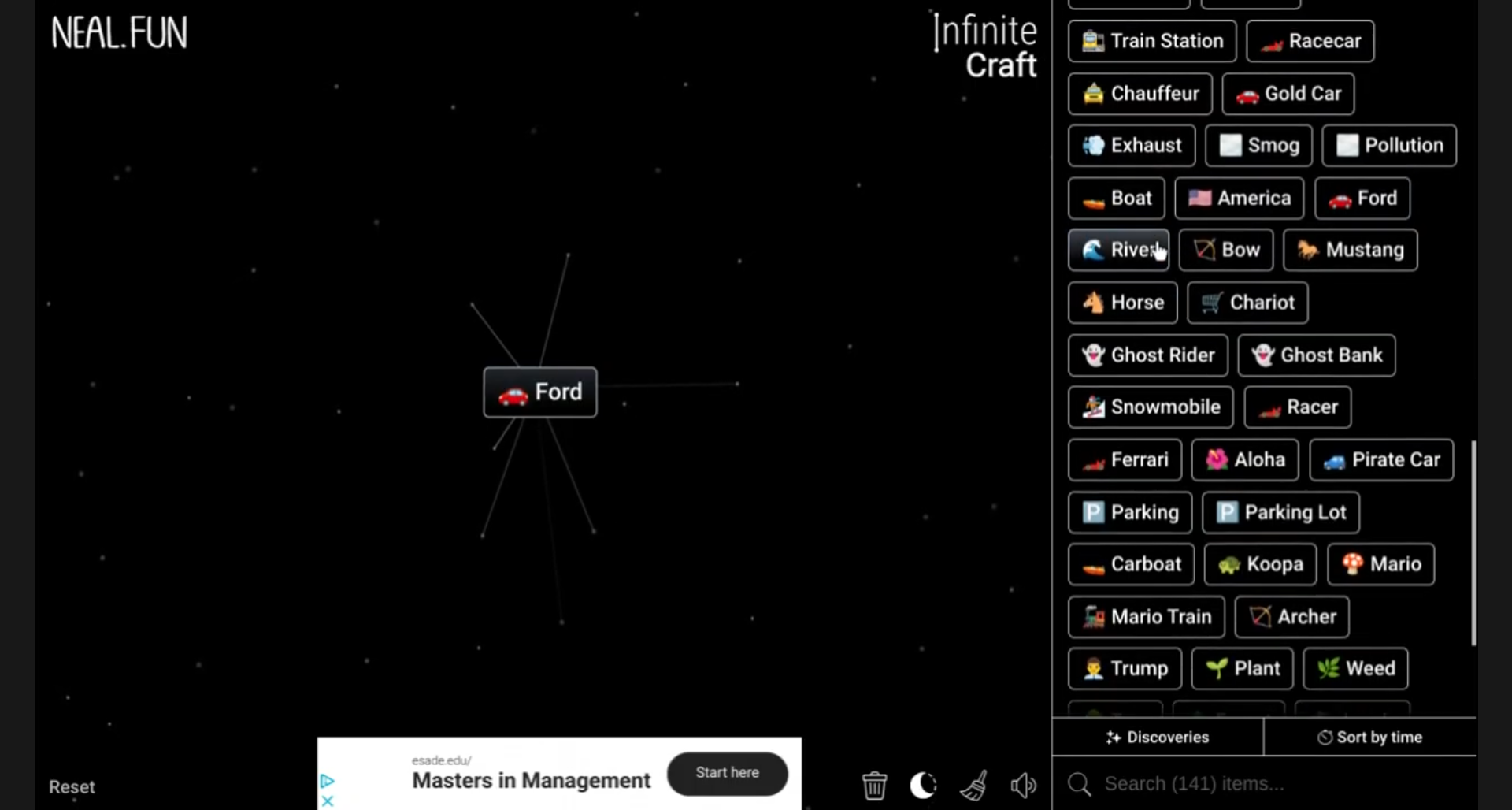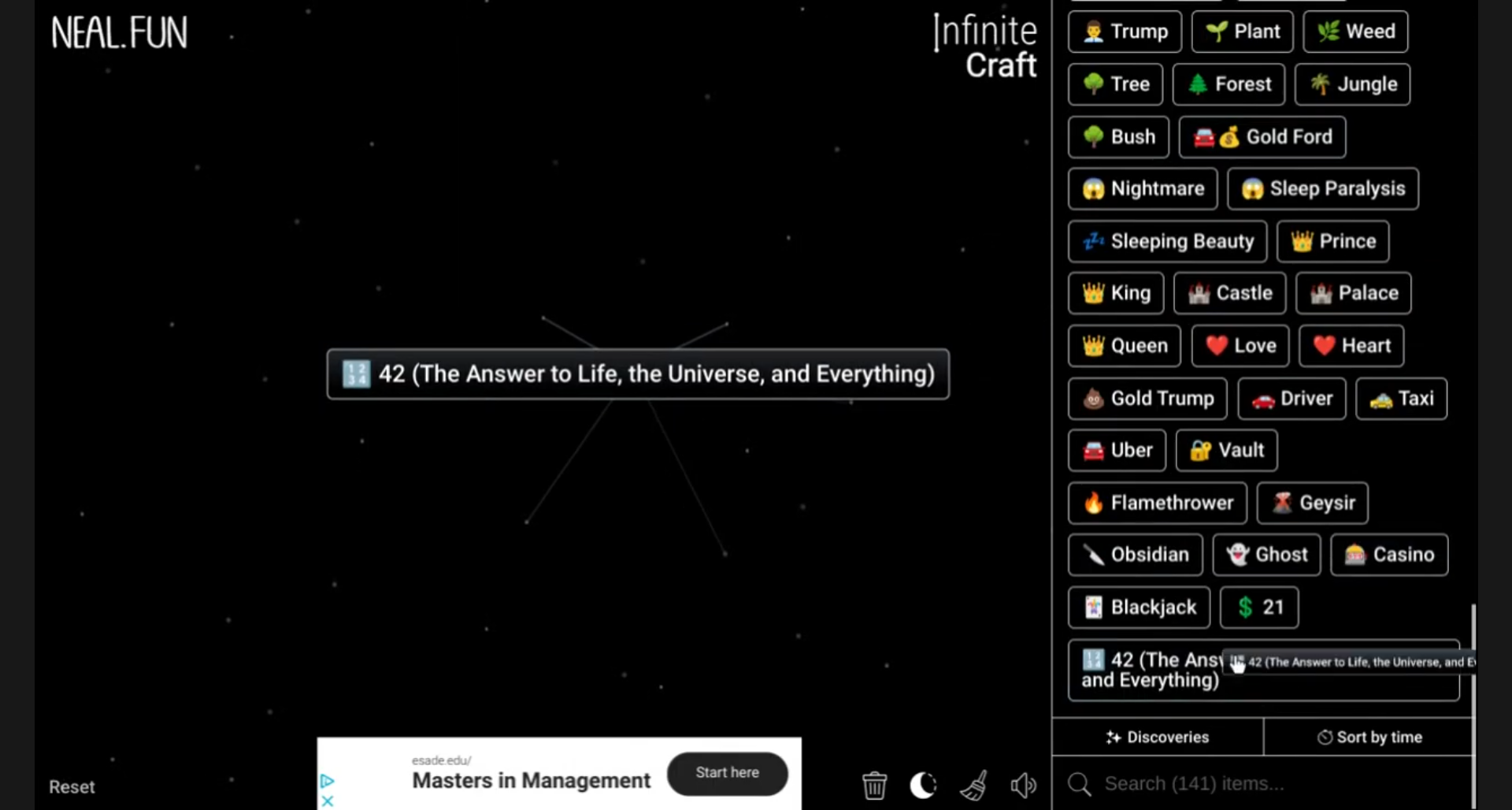In the expansive universe of Infinite Craft, players delve into a world rich with exploration, creativity, and resource management. One essential element that underpins successful gameplay is soil. This vital resource not only nurtures crops and plants but also significantly influences aesthetic designs and boosts your overall resources. This comprehensive guide will walk you through the nuances of how to make soil in Infinite Craft, ensuring that your gardens flourish and your landscapes mesmerize.
Understanding Soil in Infinite Craft
What is Soil?
In Infinite Craft, soil serves as the foundation for discovering diverse flora and fauna. It is defined as a complex mixture of organic matter, minerals, gases, liquids, and organisms, functioning as a natural medium for plant growth. The primary purpose of soil is to support plant life, but it also plays a role in environmental health by sustaining ecosystems.
Different types of soil available include:
– **Basic Soil:** Suitable for general plant growth.
– **Fertilized Soil:** Enhanced with nutrients for accelerated crop growth.
– **Specialized Soil:** Tailored for particular plant types, ensuring optimal growth conditions.
Benefits of Crafting Soil
Understanding the benefits of crafting soil is crucial for successful gameplay. Firstly, soil provides a necessary nutrient supply for plants, significantly affecting their growth rates. Secondly, it can be utilized in building and landscape design, enhancing the beauty and functionality of your creations. With properly crafted soil, players can expect:
– Increased crop yield and faster growth.
– The ability to design intricate gardens and landscapes, providing a sense of accomplishment.
Gathering Ingredients for Soil
Soil crafting begins with a thorough collection of essential ingredients. Knowing where to find these materials can save time and effort in your gameplay.
Key Components for Soil Creation
The essential materials required for crafting soil include:
– **Organic matter:** Composed of decomposed plants and animals that enrich soil.
– **Mineral content:** Essential minerals such as sand and clay that provide structure and nutrients.
– **Water component:** Vital for the sustenance of soil and plants, playing a critical role in soil health.

Where to Find Ingredients
Collecting these ingredients involves exploring various in-game locations. Players can find:
1. **Organic Matter Sources:**
– **Grass Clippings:** Collect these from grassy regions during your exploration.
– **Leaf Litter:** Often found under trees or in wooded areas, these can enrich soil when decomposed.
– **Composting Sources:** Set up compost bins to recycle organic waste into valuable soil material.

2. **Mineral Sources:**
– **Sand Deposits:** Often found near water bodies and deserts, sand is a key mineral component.
– **Clay Extraction Sites:** Look for clay deposits around riverbanks or in specific biomes.
3. **Water Sources:**
– **Lakes and Rivers:** Essential for hydrating your soil, these natural features are abundant in the game.
– **Collecting Rainwater:** Utilize buckets to gather rainwater, especially during storms.
Crafting Process for Soil
Once you’ve gathered the necessary ingredients, the next step is crafting your soil effectively.
Step-by-Step Guide
To create high-quality soil, follow these steps:
– **Step 1: Collecting Ingredients**
– Focus on gathering a balanced mix of organic matter, minerals, and water.
– Tips for efficient gathering: Equip tools like shovels and buckets, and set marked paths for quick navigation.
– **Step 2: Recipe for Soil**
– The basic recipe requires:
– 2 units of organic matter
– 1 unit of mineral content
– 1 unit of water
– **Step 3: Crafting the Soil**
– Use the crafting table or workstation.
– The crafting process may take 30 seconds to 1 minute depending on game settings.
Alternative Methods
In addition to the standard soil crafting method, consider:
– **Using Compost Bins for Soil Creation:** By adding organic waste to compost bins, you can produce high-quality soil over time.
– **Fertilization:** Enhance soil properties by adding fertilizers, giving an extra boost to your plants.
Tips for Maintaining Soil Quality
Effective soil management is paramount for sustaining crops and landscapes. Here are some key techniques:
Soil Enrichment Techniques
To maintain and improve soil quality:
– Regularly add fertilizers and compost to restore vital nutrients.
– Implement crop rotation practices to prevent soil depletion and increase biodiversity.
Avoiding Soil Degradation
Recognizing signs of poor soil health is crucial:
– **Signs to Watch For:** Stunted growth, browning leaves, and poor drainage can indicate soil degradation.
– **Actions to Rejuvenate Soil:** Implement practices such as adding organic matter or allowing land to rest fallow.
Advanced Soil Techniques

If you’re looking to take your soil crafting to the next level, consider exploring advanced techniques.
Creating Specialized Soil Types
The benefits of creating different soil types include:
– **Hydroponic Setups:** Ideal for growth without traditional soil, using a nutrient-rich solution instead.
– **Aeroponic Farming:** A method that utilizes mist to nourish plant roots, effective in areas where soil quality is low.
Soil Modifications for Greater Yields
Mixing various ingredients can optimize soil for specific crops:
– Consider using additives like biochar or specific minerals to encourage crop health and prosperity.
Conclusion
Crafting soil is a vital component of gameplay in Infinite Craft. Mastering the techniques discussed in this guide will enable players not only to grow a wide variety of crops but also to enhance their gaming experience through creativity and resource management. Don’t hesitate to explore and experiment with different soil-making techniques!
Call to Action
We invite you to share your favorite soil crafting experiences and tips in the comments below! If you’re eager to learn more about other aspects of Infinite Craft, check out our related articles.
FAQs
1. What are the basic components needed to make soil in Infinite Craft?
A: The essential components include organic matter, mineral content, and water.
2. How can I improve my soil quality over time?
A: Regularly adding compost and fertilizers will enhance your soil’s nutrient levels.
3. Can I use composting to create soil?
A: Yes, composting is an efficient method to produce high-quality soil over time.
4. What are signs of soil degradation?
A: Signs include poor plant growth, browning leaves, and drainage issues.
5. How does soil type affect crop yield?
A: Specialized soil types can provide the necessary conditions for optimal plant growth, enhancing yield.
6. Is it possible to create hydroponic setups in the game?
A: Yes, hydroponic and aeroponic setups can be created for plant growth without traditional soil.
7. Where can I find organic matter in Infinite Craft?
A: Organic matter can be sourced from grass clippings, leaf litter, and compost.
8. What is the crafting time for creating soil?
A: The crafting process typically takes between 30 seconds to 1 minute.
9. How can I rejuvenate my soil if it’s in poor condition?
A: Adding organic materials and allowing the land to rest can help in rejuvenating the soil.
10. Are there community resources to learn more about soil crafting?
A: Yes, community forums and online guides can provide additional tips and shared experiences.
| Ingredient | Source | Notes |
|---|---|---|
| Organic Matter | Grass Clippings, Leaf Litter | Enhances nutrient content |
| Mineral Content | Sand, Clay | Provides structure and minerals |
| Water Component | Lakes, Rivers, Rainwater | Vital for plant health |